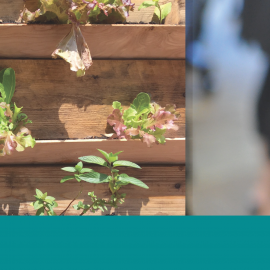Public Art OVERVIEW Public art is any type of art intended for public spaces or the public realm. It is typically created by artists who “endeavor to generate dialogue with the community, at times about the issues central to their
Percent for Art
What is Percent-for-Art? OVERVIEW Percent-for-art programs allocate a small portion of capital construction or renovation budgets (usually one percent) for the purchase, commissioning, and installation of artworks. Percent for art programs are one effective way for states and territories to
Cultural Planning
Cultural Planning OVERVIEW Cultural planning is a place-based planning process that generates a vision and action plan for strengthening and growing arts and culture assets. Cultural plans may include goals and strategies that address topics including: social cohesion; community engagement;
Cultural Asset Mapping
What is Cultural Asset Mapping? OVERVIEW Cultural asset mapping is a foundational step in cultural planning. It rests in the belief that there are valuable assets – in the form of people, places, associations and organizations – and that recognizing, counting,


